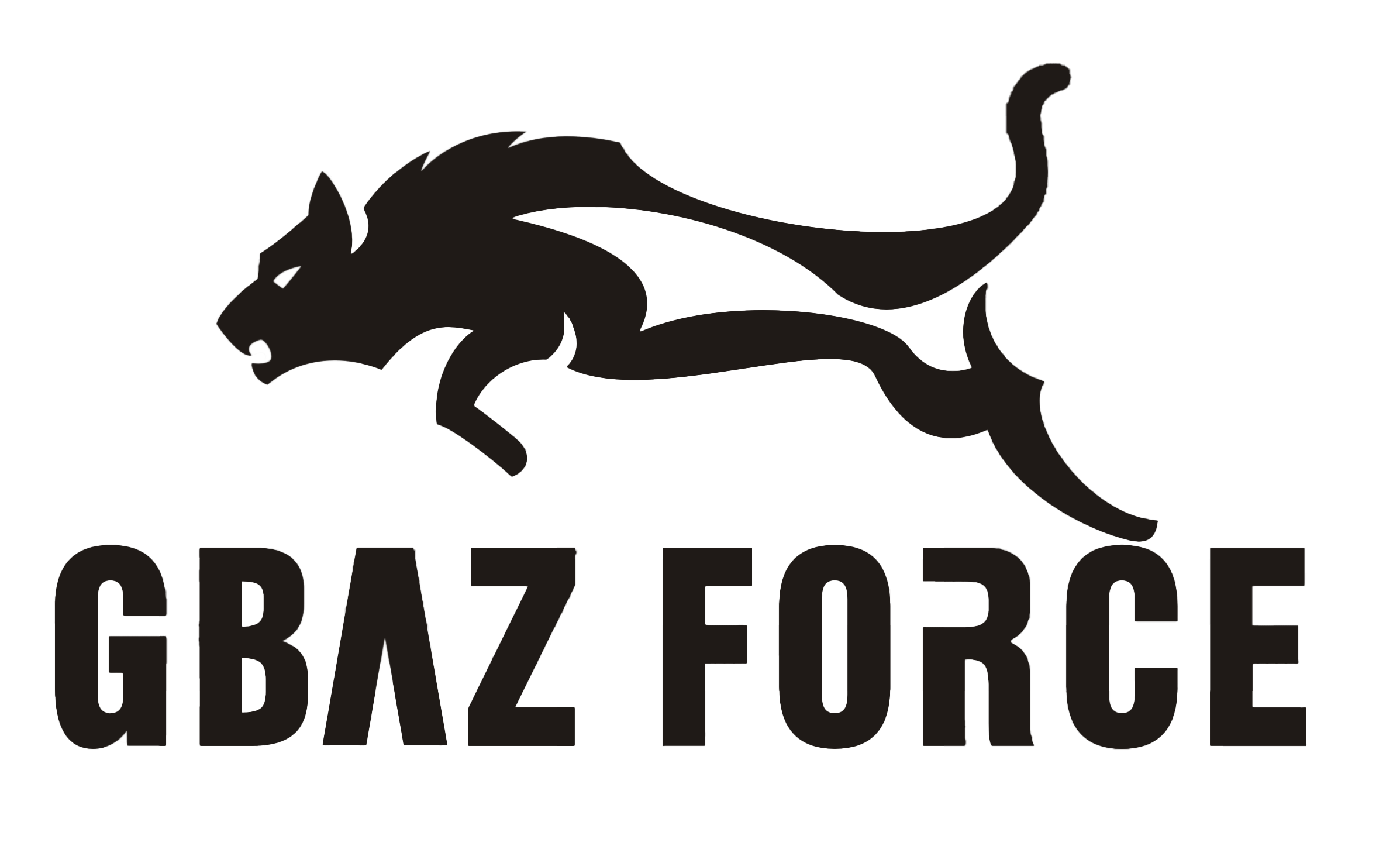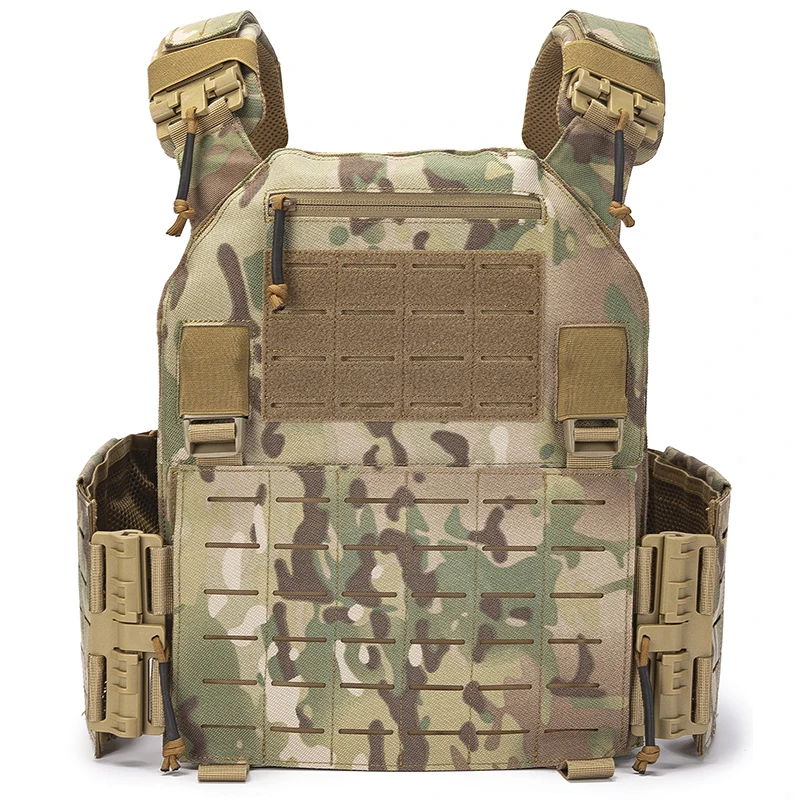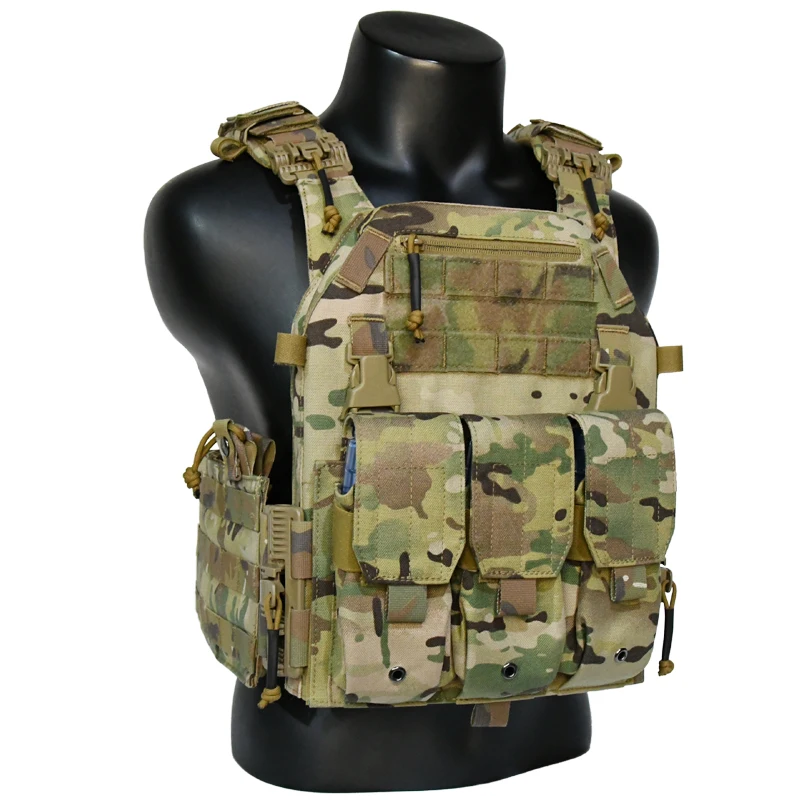Tactical Gear
PRODUCTS
Finding the Perfect Tactical Vest For Your Needs
Understanding Your Needs
Before diving into specific features, honestly assess your needs. What activities will the vest be used for? Will it be for everyday carry, high-intensity scenarios, or both? Consider the environment – will you be operating in extreme temperatures, wet conditions, or urban environments? Understanding your operational context is paramount in choosing a suitable vest. For example, a lightweight, low-profile vest might be ideal for concealed carry, while a heavier-duty plate carrier is essential for ballistic protection. Don't be tempted to overspend on features you won't use; focusing on your primary needs will lead to a more effective and comfortable choice.
Think about the weight you're willing to carry. A heavily laden vest can quickly become uncomfortable and hinder your mobility. Consider the weight of the vest itself and the additional weight of any gear you plan to attach. This is especially crucial for prolonged use. A good balance between functionality and comfort is key – a vest that's too heavy or bulky will compromise your performance and potentially lead to fatigue.
Material and Construction
The material of your tactical vest dictates its durability, comfort, and overall performance. Nylon is a popular choice due to its strength, lightweight nature, and water resistance. Cordura nylon, in particular, is highly durable and tear-resistant. However, some vests utilize other materials like polyester blends, offering different levels of breathability and water resistance. Consider the climate and conditions where you'll primarily use the vest. A breathable, lightweight fabric is better suited for warm climates, while a more robust, water-resistant material is ideal for wet or cold environments.
The construction quality is equally important. Examine the stitching, seams, and overall build. Look for reinforced stitching in high-stress areas, durable zippers, and secure closures. A poorly constructed vest can fail at a critical moment, putting you at risk. Invest in a well-made vest from a reputable manufacturer; it’s a piece of equipment that you'll rely on.
Sizing and Fit
Proper sizing is crucial for comfort and functionality. A vest that's too tight will restrict movement and can be uncomfortable, while a vest that's too loose will shift and hinder your performance. Most tactical vest manufacturers provide detailed sizing charts; carefully measure yourself and compare your measurements to the manufacturer's specifications. If possible, try on the vest before purchasing to ensure a proper fit. A well-fitting vest should allow for a full range of motion without feeling restrictive.
Consider adjustability as well. Many vests offer adjustable straps and cummerbunds, allowing for a customized fit. This is particularly beneficial if you anticipate fluctuations in your body weight or plan to wear layers underneath the vest. Adjustable features ensure a secure and comfortable fit regardless of your layering or body changes.
Pockets and Modular Features
The number and type of pockets will significantly impact your organization and accessibility. Consider what gear you need to carry and ensure the vest has enough pockets of the appropriate size and placement to accommodate your equipment. Some vests offer modular features, allowing you to customize the configuration by adding or removing pouches and accessories. This adaptability makes your vest versatile and suitable for various situations. Consider the placement of pouches; easily accessible pockets for frequently used items are crucial.
Think about the type of pouches you need. Magazines, radios, tools, and other essential gear need secure and well-designed pouches for safe and efficient access. Review the compatibility of the vest with various pouches and accessories before making a decision. The modularity will directly impact the vest's usability and efficiency.
SUBSCRIBE
INQUIRY










